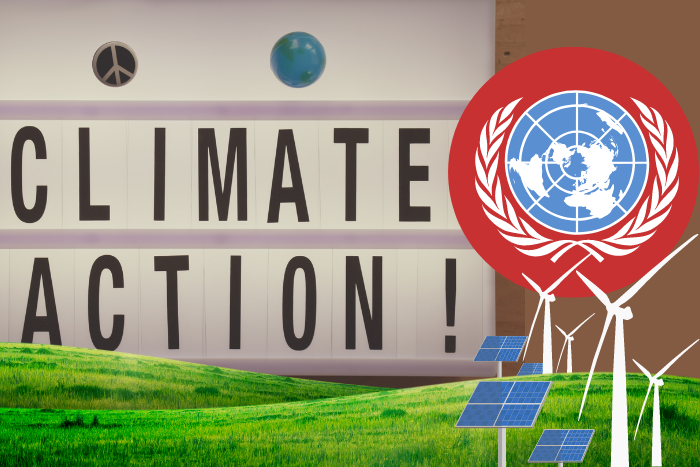Most major emission cuts are likely to take place after 2030 as per the LT-LEDS submitted, the report found
Along with its analysis of updated Nationally Determined Contributions (NDCs) in its synthesis report released this week, the UNFCCC also analysed countries’ long-term low-emission development strategies (LT-LEDS). These plans focus on long-term low-emission development beyond 2030 as described in the Paris Agreement. NDCs, on the other hand, are more short-term action plans (up to 2030).
The synthesis report analysed 53 recently submitted LT-LEDS, representing 62 Parties to the Paris Agreement. While among those that have submitted their LT-LEDS as major economic powers the US, China, the UK, Germany, France, Canada and Australia, seven of G20 group, including India, are yet to submit their long-term climate action strategies. The LT-LEDS analysed in the synthesis report cover 68% of total global emissions in 2019, which are estimated at 52.6 Gt CO2 eq without emissions associated with land use, land use changes and forestry (LULUCF) and around 56.4 GtCO2eq with LULUCF. CarbonCopy found five points that highlight some progress that has been made since COP26.
1) Majority of the plans mention quantifiable long-term mitigation goals
The report states that 94% of the LT-LEDS refer to a quantifiable long-term mitigation goal, with mid-century targets communicated in 87% of the submissions. The remaining 6% mention policies and actions without any long-term quantifiable goals.
2) Net-zero included in majority of LT-LEDS
Around 62% of the LT-LEDS described long-term mitigation goals in terms of net zero GHG emissions, the report found, while 6% mentioned net-zero CO2 emissions. According to the report, the mitigation goals mentioned in around 15% of the LT-LEDS cannot be classified under net-zero GHG or net-zero CO2 emissions. Around 19% did not mention net-zero, but instead described absolute emission reduction levels compared with a base year or policies and actions without a quantifiable long-term mitigation goal, according to the report.
3) Gradual, but certain reduction in average emission rate
Based on the projected 2030 and 2050 GHG emission levels, the average emission reduction rate per annum between 2019 and 2030 is 0.2 Gt CO2 eq, which is equivalent to 0.6% of the emissions in 2019 by countries that submitted the LT-LEDS. This will increase to 1.1 Gt CO2 eq between 2030 and 2050, which is equivalent to 2.9% of the 2019 emissions.
4) All long-term strategies cover emission reductions in highly polluting sectors
All the LT-LEDS analysed in the report mentioned mitigation options in pollution-heavy sectors such as building, energy supply and transport, agriculture, industry, LULUCF and waste sectors.
5) Inclusion of quantitative targets on energy with set time frames
The report found that 45% of the LT-LEDS mentioned clean power generation targets with a time frame range that spanned from 2027 to 2050. These targets were referred to in terms of renewable energy, carbon-free power generation, and fully decarbonised power systems. A robust 32% of the LT-LEDs mentioned a 100% clean power generation target.
Around 40% of the LT-LEDs also included a target for new passenger vehicle sales for low- or zero-emission vehicles such as EVs. This includes 15% LT-LEDs that communicated a target of a 100% sales share ranging from 2035 to 2050. Around 15% of LT-LEDS provided details on the phasing out of internal-combustion vehicles.
The report found 43% of the LT-LEDs mandated newly constructed buildings to be near zero energy, with set timelines that ranged from 2020, 2021, 2025 to 2050. Around 21% set a timeline for the phase out of unabated coal power, 13% of which have mentioned a 2030 deadline. This aligns with the 1.5°C pathway.
The report stated that many of the LT-LEDs emphasised the important role that capacity building plays as an enabler of adaptation and mitigation strategies, a facilitator of technology development and a provider of access to climate finance.
About The Author
You may also like
Zero sharm game: COP27 saves face with minimum common agreements
Issue of mitigation in agriculture remains a sticky subject
Oil and gas lobby makes its presence felt more than ever at COP27
Question of ‘who will pay’ loomed large over LTF negotiations at COP27
Mitigation work programme: Equity gone, rich countries push hard to shift emission cuts to Global South at COP27

